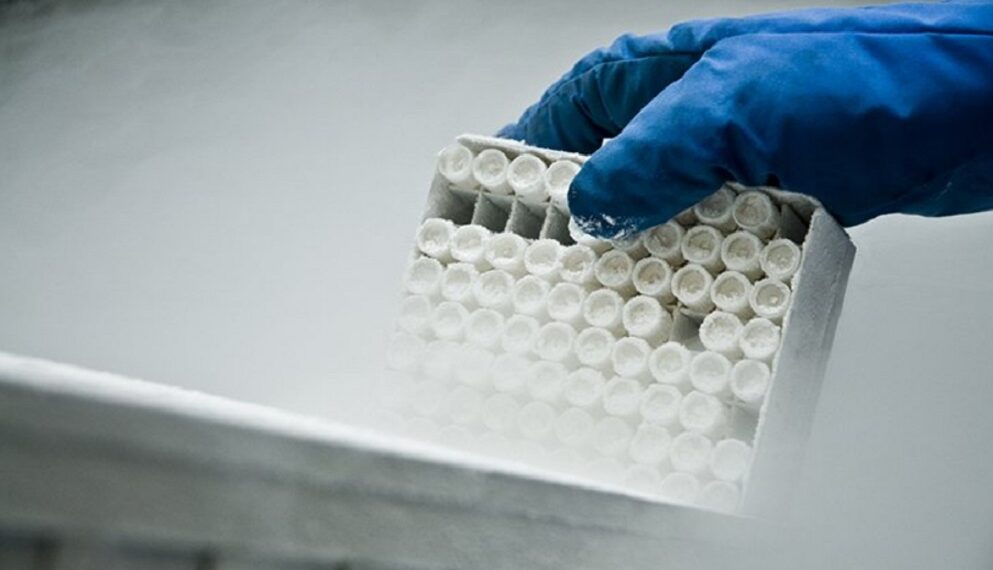The global market for pharmaceutical temperature-controlled packaging solutions is anticipated to reach approximately USD 843.5 million by the year 2028, as projected by Precedence Research. This growth is driven by a surge in demand for temperature-sensitive medicines and the need for effective packaging solutions that can maintain the integrity of pharmaceutical products. In the following sections, we will delve into an extensive overview of the pharmaceutical temperature-controlled packaging solutions market, examining its drivers, industry trends, and competitive landscape.
The pharmaceutical sector has experienced a significant uptick in the development of temperature-sensitive drugs, including vaccines, biologics, and specialty medications. These products require stringent temperature control throughout the supply chain to ensure their safety and efficacy. Consequently, pharmaceutical companies are actively seeking packaging solutions that can uphold the desired temperature range during storage and transportation. The market for temperature-controlled pharmaceutical packaging encompasses a diverse range of products, including insulated shipping containers, temperature monitoring devices, phase change materials, and thermal packaging accessories. These solutions are meticulously designed to provide thermal insulation, real-time temperature monitoring, and safeguard against temperature excursions, thereby preserving the overall integrity of pharmaceutical products.
The growth of the pharmaceutical temperature-controlled packaging market is driven by the rising adoption of temperature-sensitive biologics and personalized medicines like vaccines and protein-based therapeutics. Stringent temperature control is crucial to maintain the stability and effectiveness of these products. The increasing prevalence of chronic illnesses and demand for personalized treatments contribute to the need for temperature-controlled packaging solutions. Regulatory guidelines from bodies like the FDA and EMA further propel market growth, emphasizing product quality, efficacy, and patient safety throughout the supply chain. As a result, pharmaceutical companies are investing in advanced packaging solutions to comply with regulations and uphold quality standards.
The competitive landscape of the temperature-controlled pharmaceutical packaging market is marked by intense competition among global players. These companies focus on innovative, cost-effective packaging solutions to gain a competitive advantage. Collaborations and partnerships with pharmaceutical manufacturers and logistics providers are on the rise, offering comprehensive temperature-controlled solutions. The industry is shifting towards sustainable packaging solutions as companies prioritize eco-friendly materials and technologies to reduce their carbon footprint. Technological advancements, such as IoT and data analytics, play a crucial role by enabling real-time temperature monitoring and providing insights into the supply chain for better control and visibility.
The pharmaceutical industry’s supply chain is highly integrated globally, but it faces vulnerability due to single-source dependencies for critical materials. This vulnerability becomes evident during local conflicts and natural disasters. About 40% of pharmaceutical trade is confined to specific regions, slightly lower than other industries. For instance, a significant percentage of streptomycin and chloramphenicol sold in North America and the European Union, respectively, come from China. To mitigate such risks, companies can diversify material procurement strategies. They can explore options like domestic supplier diversification, nearshoring from neighboring regions, or offshore outsourcing to new locations with favorable conditions. Diversifying sourcing locations enhances resilience and ensures a more secure and dependable supply of materials.
North America stands as the dominant market for temperature-controlled packaging solutions in the pharmaceutical industry, capturing a substantial market share. This growth is attributed to heightened demand from the healthcare sector. The region experiences a pressing need for transporting vaccines, drugs, and conducting clinical trials, leading to substantial expansion within the temperature-controlled packaging sector. Notably, North America, particularly the United States, hosts numerous renowned market participants actively engaged in developing advanced technologies and streamlined processes for cold chain systems. However, the current strain of coronavirus has disrupted the global pharmaceutical supply chain, presenting a significant challenge for key market players. China, often referred to as the “world’s factory,” has played a pivotal role in this disruption. Widespread lockdowns, manufacturing slowdowns, raw material shortages, and labor scarcities have collectively triggered a domino effect on the international supply chain, specifically impacting North America’s temperature-controlled pharmaceutical packaging market. Consequently, this market faces risks stemming from the challenges posed by the global pandemic and its repercussions on the supply chain.
Companies can proactively address these challenges by diversifying their material procurement, thereby reducing exposure to potential disruptions. This can be achieved through strategies such as domestic supplier diversification, exploring nearshoring opportunities, or offshore outsourcing to secure supplies from diverse sources. By diversifying sourcing locations, companies can bolster their resilience and ensure a dependable and secure supply of inputs.
The Asia Pacific region is poised to exhibit the highest compound annual growth rate (CAGR) in the pharmaceutical temperature-controlled packaging solutions industry. This growth is attributed to escalating demand for insulated packaging from countries like Japan, China, and India. The Asia Pacific region’s growth prospects are further stimulated by the ongoing impact of the coronavirus pandemic and restrictions on the export of critical active pharmaceutical ingredients (APIs) from India. Additionally, limitations imposed on numerous generic drug manufacturers based in the United States, whose supply chains heavily rely on Chinese suppliers, contribute to the region’s burgeoning market. These factors collectively contribute to the growth potential of the pharmaceutical temperature-controlled packaging solutions industry in the Asia Pacific region.
The decision to relocate operations in the pharmaceutical industry is frequently influenced by considerations beyond economic factors. Governments often prioritize national security and self-sufficiency, prompting them to promote domestic production. Notable instances include the Indian government’s initiative to bolster domestic bulk drug and medical device manufacturing through a substantial $1.3 billion stimulus plan. Similarly, the Austrian government is collaborating with Sandoz International to invest in antibiotic production, ensuring a reliable supply within the country. These examples highlight government interventions and investments aimed at enhancing local production capabilities and securing critical supplies within the pharmaceutical sector.
Certain products in the pharmaceutical industry adhere to the highest sector standards, distinguished by their utilization of premium-grade components and exceptional durability. These products are designed to be reusable, underscoring their longevity and sustainability. These offerings adhere to rigorous quality measures, ensuring that customers receive products that exceed industry benchmarks, delivering superior performance and reliability.



















